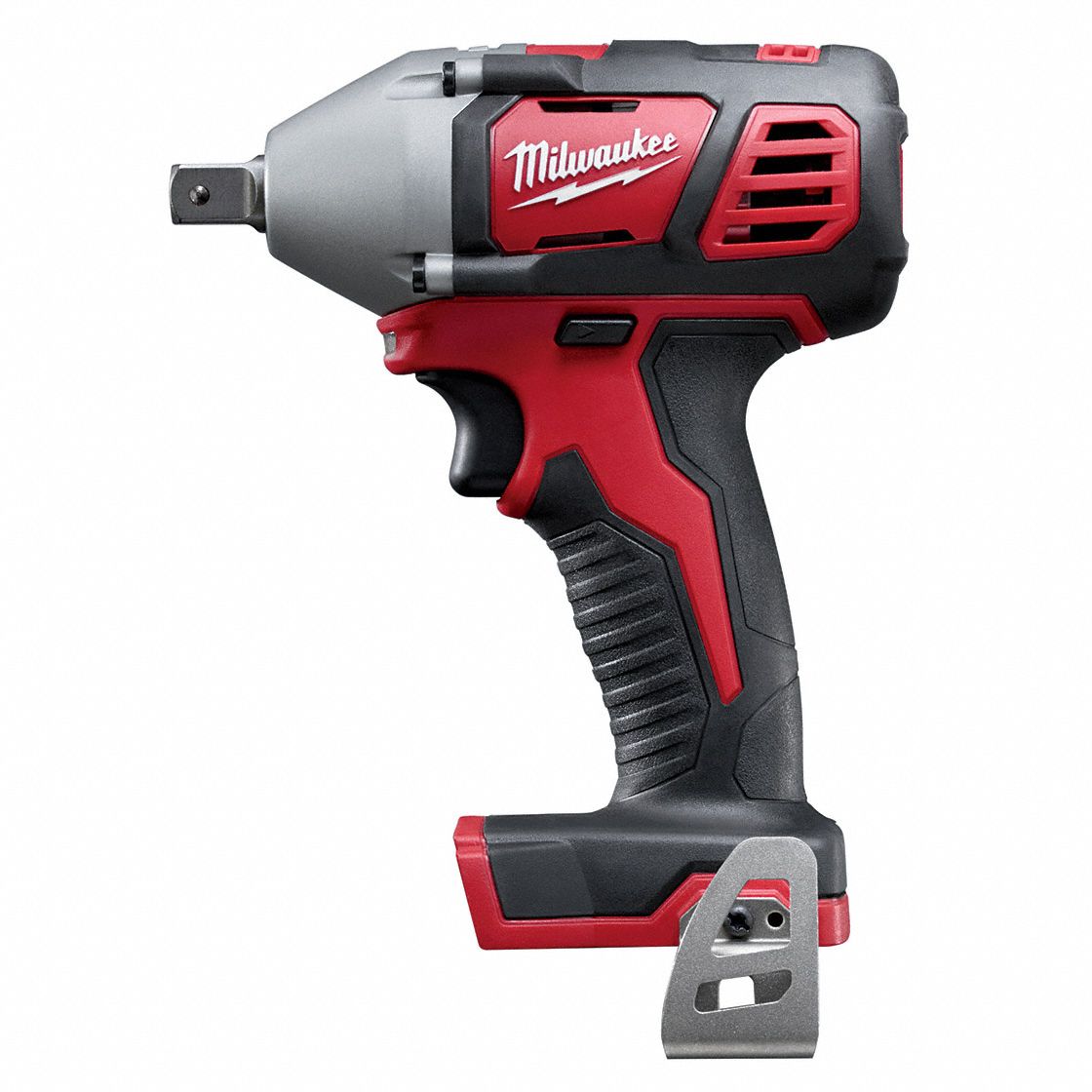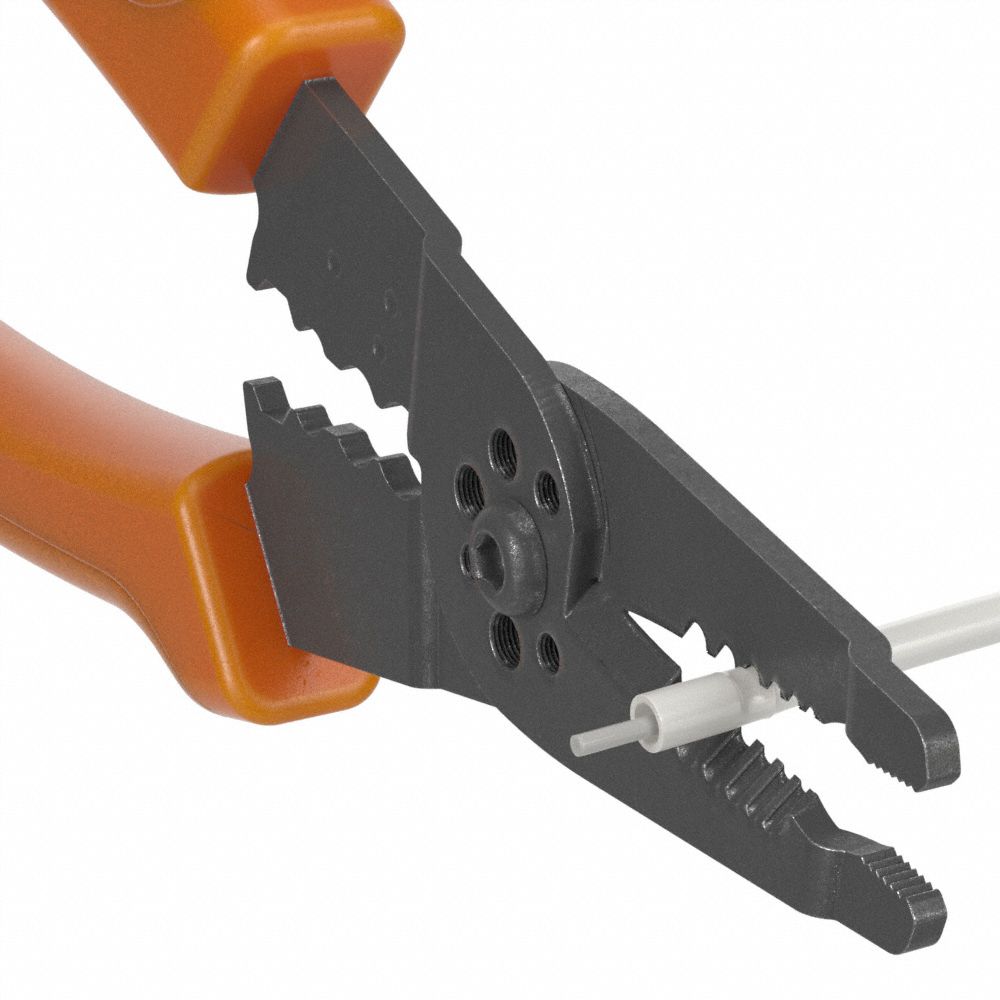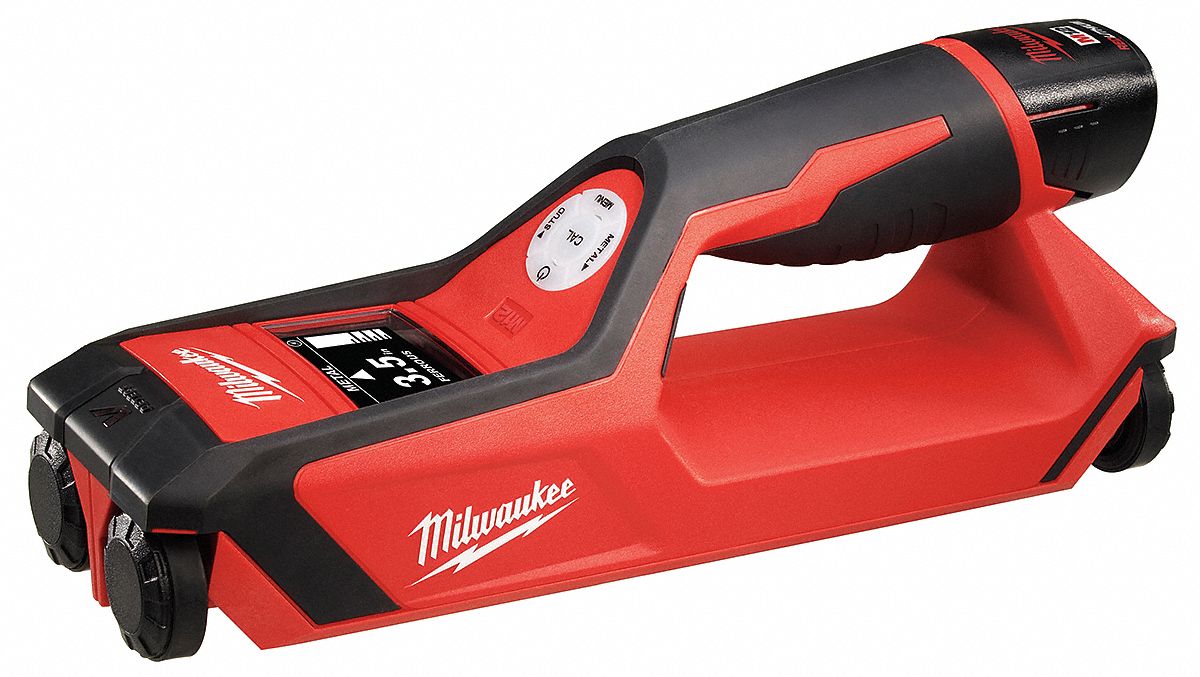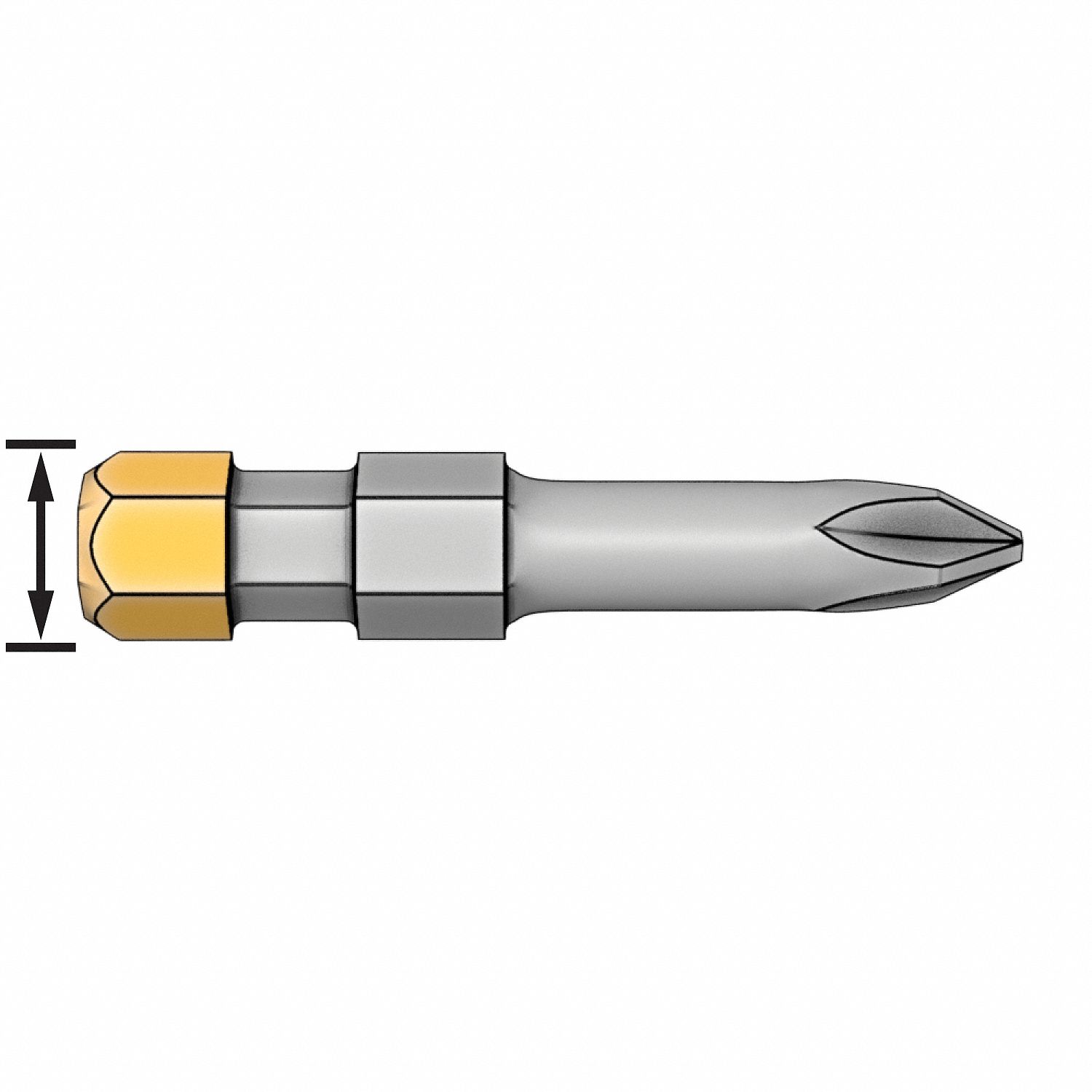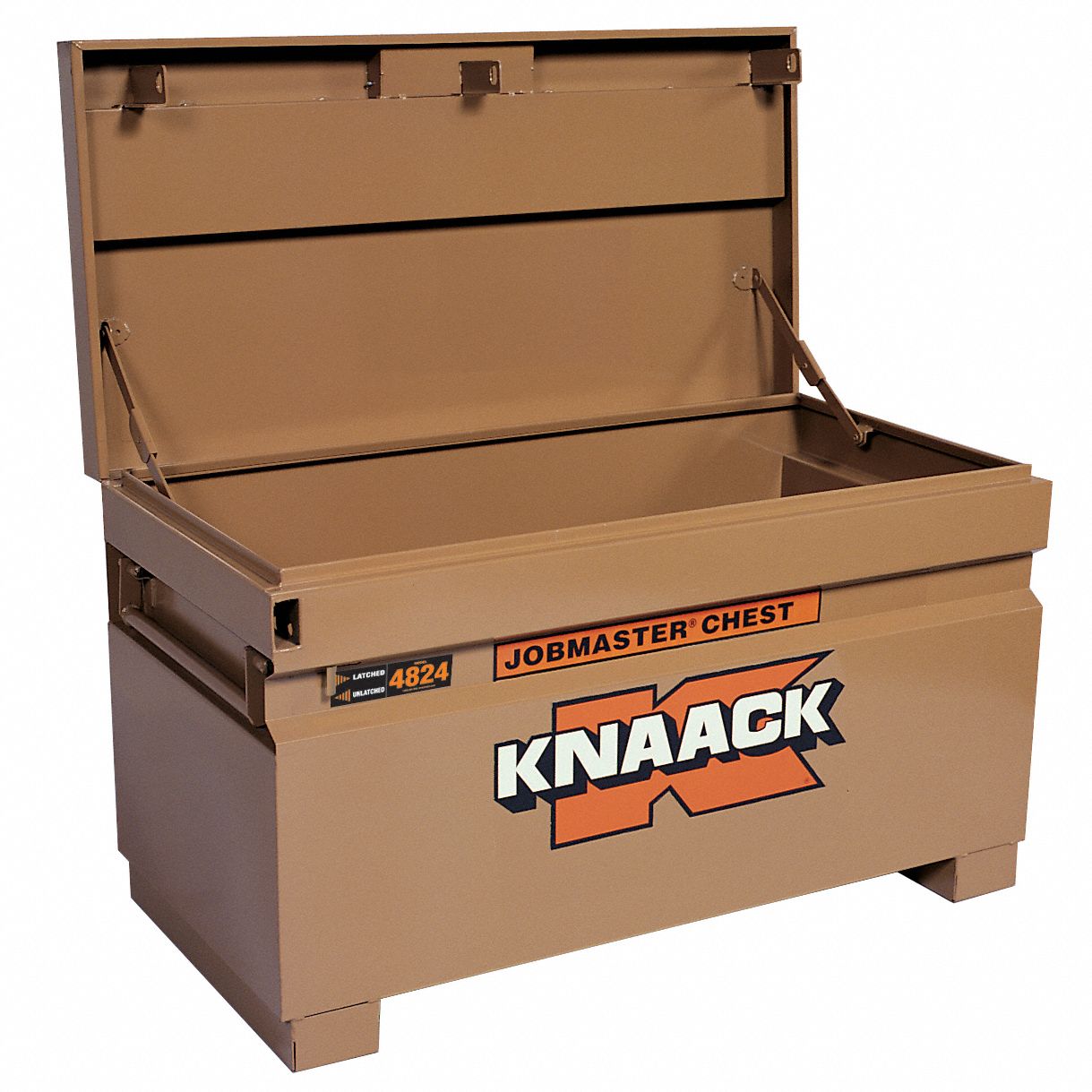

Stick Welding (SMAW) for Equipment Repair
By Grainger Editorial Staff 1/1/17


One of the most common processes for field welding repair is Shielded Metal Arc Welding (SMAW), or Stick. Stick electrodes are self-shielded and cut down on the amount of equipment needed—no need to haul in a gas cylinder, hose and regulator. It also provides adequate protection of the weld bead in outdoor applications where wind interferes with shielding gases. It’s important to note that Flux Cored (FCAW) welding is also a great option for field repair, but for the sake of this article we will focus on Stick, which is more accessible to many contractors.
Each application varies in mechanical properties such as required strength, ductility, wear resistance, impact strength, and tensile strength. An exact material match ensures weld quality and longevity, and avoids premature failure and unwanted downtime.
Common electrodes used in Stick welding are 6010, 6011, 6013, 7018 and 7024 with the most common diameters ranging from 1/8- to 5/32-in. Each of these electrodes offers all-position welding capabilities (except 7024). The first two digits of a stick electrode represent the “as welded” minimum tensile strength: 6010 provides 60,000 psi tensile strength, for instance. The third digit represents the acceptable welding positions for each electrode (1 = all positions, 2 = flat or horizontal only, 3 = flat, horizontal, vertical down and overhead). The fourth digit refers to the coating type and the type of welding current (alternating current (AC)/direct current (DC)) that can be used with the electrode. Here’s a brief rundown of each electrode typically found in this application (courtesy of Hobart Brothers):
6010: All position electrode only suitable with DC power sources. It delivers deep penetration and has the ability to dig through rust, oil, paint and dirt. This electrode features an extremely tight arc, which can make it difficult for inexperienced welders. Excellent for penetration on joints with a tight fit-up. All position electrode for use with AC and DC power sources. It produces a deep, penetrating arc that cuts through corroded and unclean metals – ideal for maintenance and repair. Excellent for penetration on joints with a tight fit-up.
6011: All position electrode with a soft arc and minimal spatter, moderate penetration and easily removable slag. Suitable with AC or DC power sources, this electrode is better served on newer and clean materials, thinner materials and wide root openings.
7018: All position electrode with a thick flux and high iron powder content, which makes it one of the easiest electrodes to use. These electrodes produce a smooth, quiet arc with minimal spatter and medium arc penetration. Produces strong welds with high impact properties (even in cold weather) and can be used on carbon steel, high-carbon, low-alloy and high-strength steel base metals. Suitable with AC and DC power sources.
7024: For flat or horizontal welding with an AC or DC power source, this electrode contains a high iron powder content that helps increase deposition rates. Performs well on steel plate that is at least ¼-in. thick and can be used on metals that measure over ½ in.
Miller's Bobcat™ 250CST™ 280 would provide enough power. Multiprocess welders like Miller’s XMT® series further give contractors the added benefit of MIG, TIG, Pulsed MIG, Flux Cored and Carbon Arc Gouging capabilities in one unit—although engine-driven welding generators also offer these processes with the exception of pulsing. Contractors have come to expect the dual welding and power generation capabilities of engine-driven welding generators. These machines save space on maintenance trucks by eliminating the need for a stand-alone generator, and have the power to run grinders, drills, chop saws, lights, and air compressors. Manufacturers are also beginning to add battery chargers/jump starters to engine drives to give field mechanics another tool to combat idle equipment.
For heavy-duty repairs and space savings on maintenance trucks, fleet managers should consider a combination welder/generator/air compressor. These machines not only feature welders and generators, but also include self-contained rotary screw air compressors for running air tools and plasma cutters. The Trailblazer 302 Air Pak, for instance, offers 26 CFM of air (up to 160 PSI) at 100 percent duty cycle.
Another factor to consider when selecting an engine drive is fuel. Most welding generators are available with gasoline or diesel engines. Gas engines offer a lower product cost, reduced weight and a smaller size. New electronic fuel injected welding generators with gas engines reduce fuel use by as much as 27 percent and harmful emissions up to 33 percent compared to carbureted models, offering contractors yet another way to go green. Diesel engines typically use 20- to 35-percent less fuel than carbureted gas engines, have longer engine lives, and are required on certain sites.
Article courtesy of Miller Electric and Hobart Brothers.
![]()
The information contained in this article is intended for general information purposes only and is based on information available as of the initial date of publication. No representation is made that the information or references are complete or remain current. This article is not a substitute for review of current applicable government regulations, industry standards, or other standards specific to your business and/or activities and should not be construed as legal advice or opinion. Readers with specific questions should refer to the applicable standards or consult with an attorney.

